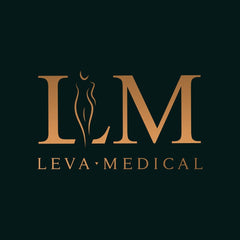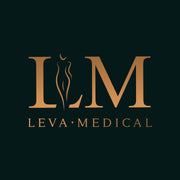Liposuction
What is Liposuction?
Liposuction, also known as liposuction surgery, is a cosmetic surgery procedure that removes unwanted fat from various areas of your body, including the stomach, to improve your shape and contours. At Leva Medical, our board-certified cosmetic surgeons use the latest techniques to ensure that your liposuction procedure is safe and effective. We customize the procedure to meet your specific needs and goals, ensuring that you achieve the look you desire, such as a smoother, slimmer stomach liposuction result.
Understanding the Liposuction Recovery Process
The first week post-op is typically the most challenging part of the recovery. Most patients will need to wear compression garments, such as a compression garment or compression bandages, on the treated areas for two weeks or more to help reduce swelling and maintain the new shape. Pain medication prescribed by the surgeon will be utilized to manage discomfort and reduce anxiety. It's important to keep in mind that swelling is a normal part of the healing process. Some patients may experience fluid retention in the treated areas, but this should gradually subside.
Lifestyle Changes Post-Procedure
Strenuous exercise and heavy lifting should be avoided for at least a couple of weeks after liposuction, but mild physical activity such as walking can be resumed shortly after the procedure to help with circulation and reduce the risk of blood clots. As the swelling and discomfort begin to diminish, most patients can gradually return to their normal exercise routine or start a new exercise regimen. Eating healthy meals, maintaining a healthy weight, and staying hydrated are also important for optimal results and long-term success.
The Journey to Full Recovery
By the end of the first month after liposuction, most people will start feeling back to normal and can return to work and most normal activities. However, it may take several months up to six months for the swelling to disappear completely and for the full results of the liposuction to be visible. Throughout the recovery timeline, regular follow-up appointments with the cosmetic surgeon are necessary to monitor the healing process.
Setting Realistic Expectations
Please remember, results can vary depending on a variety of factors, including the extent of the liposuction, the specific areas treated, and the patient's age, overall health, and skin elasticity. It's important to have realistic expectations and to understand that liposuction is not a weight loss procedure but a body contouring procedure. It's also possible that loose skin may remain after the procedure, and in some cases, a tummy tuck or other skin tightening procedure may be recommended.
Our Commitment to Patient Satisfaction
At Leva Medical, we are committed to patient safety and satisfaction. Our team is always ready to answer any questions or concerns you may have about the liposuction procedure or recovery process. We offer a comprehensive guide to ensure you understand every step of the journey, from your initial consultation to your final result.
Areas Treated by Liposuction
Liposuction can be performed on various areas of the body, including:
- Abdomen (abdominal liposuction)
- Flanks (love handles)
- Hips
- Thighs (inner or outer)
- Buttocks
- Back
- Arms
- Chin and neck
Our Approach to Achieving Your Aesthetic Goals
Regardless of the treated area, our skilled surgeons will work diligently to create a natural, more contoured figure. We look forward to scheduling a consultation to discuss your aesthetic goals and the best way to achieve them.
















